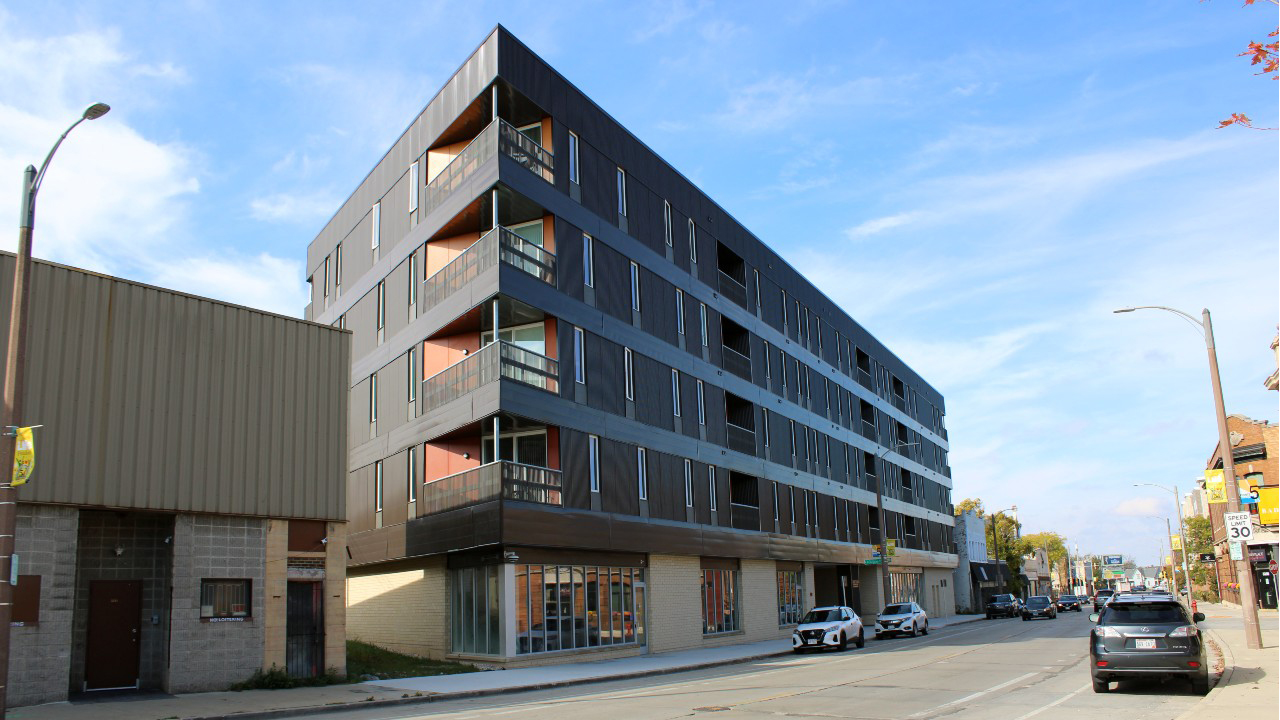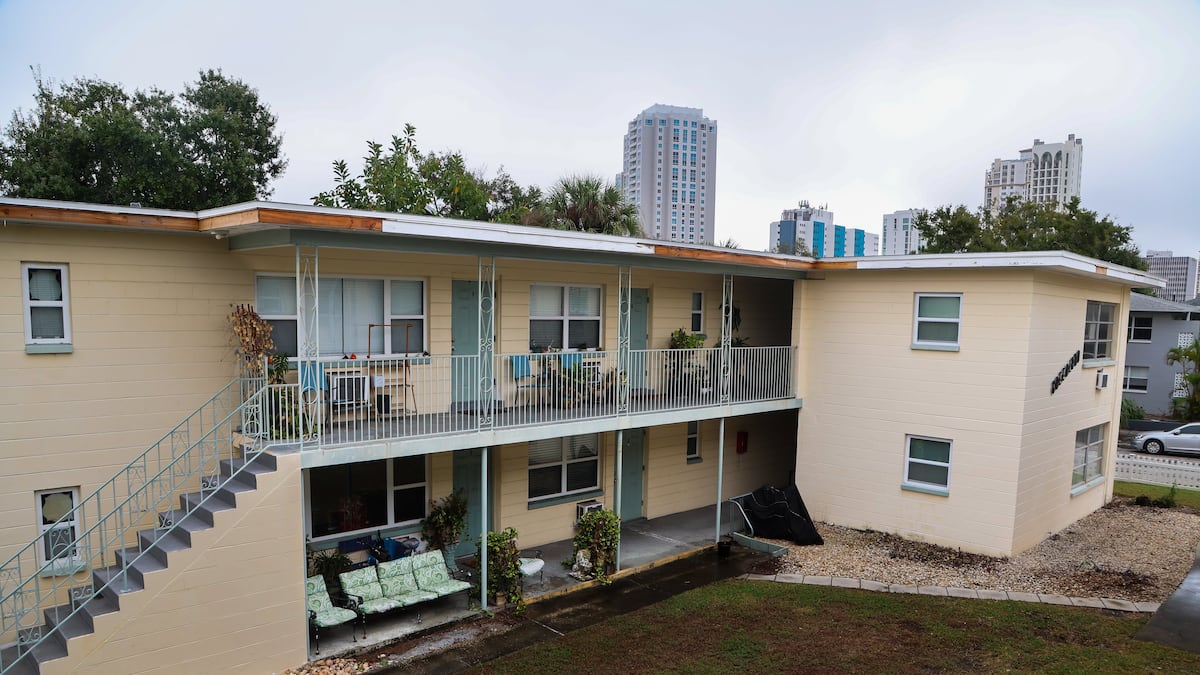R
etail workers in the United States earn a median salary of $34,436 annually, which is roughly 52 % below the income required to afford the average apartment. To cover a typical monthly rent of $1,779, a renter would need an annual income of $71,172. This means the average retail employee falls short by $36,736, though the gap has narrowed slightly in recent years.
Affordability is measured by the rule that rent should not exceed 30 % of a renter’s earnings. The analysis draws on 2024 wage data from the U.S. Bureau of Labor Statistics and 2025 rent figures from Zillow’s Observed Rent Index, covering cashiers, retail salespersons, and first‑line supervisors.
If a retail worker tried to cover rent alone, they would need to work about 83 hours per week—an unrealistic expectation. “As living costs climb, renters are forced to make sacrifices,” notes Redfin Chief Economist Daryl Fairweather. “Many share housing, relocate farther from work, or downsize. The good news is that rent growth has slowed since the pandemic, easing affordability a bit.”
A Redfin‑commissioned survey of 1,600 renters in May 2025 found that 23 % struggle significantly with housing costs. Nearly a quarter of those who moved in the past year did so for cheaper rent. Reported coping strategies include eating out less, cutting vacations, and borrowing from friends or family.
The retail sector has suffered heavy layoffs: 88,664 jobs were cut this year, a 145 % jump from the previous year, driven by weak sales, higher tariffs, and AI automation. Seasonal hiring is projected to drop to its lowest level in 15 years, with the National Retail Federation forecasting 265,000–365,000 seasonal hires in 2025 versus 442,000 last year.
While the report focuses on the “typical” retail worker and apartment, many workers never consider the average unit because it is beyond their budget. Even higher‑earning retail employees face strain: those in the top 25 % of wages still earn 44.2 % less than needed for the typical apartment.
Affordability has improved modestly: the shortfall fell from 56.8 % in 2022 to 51.6 % in 2025. This modest gain reflects wage growth (~3 % annually) outpacing rent increases (~2 % annually). Rent growth slowed after the pandemic‑era construction boom left landlords with vacancies, limiting their ability to raise prices.
City‑level disparities are stark. Cleveland shows the smallest gap, with workers earning 32.9 % less than required. Other low‑rent metros—St. Louis, San Antonio, Kansas City, Milwaukee—fall in the 34–37 % range. In contrast, New York exhibits the largest gap, with workers earning 71 % less than needed. Boston, San Jose, Miami, and San Diego follow with shortfalls above 65 %.
Below is a concise snapshot of key metros (2025 rent, 2024 wages):
- **Atlanta, GA** – Wage $32,211; Rent $1,664; Shortfall 51.6 %
- **Austin, TX** – Wage $33,466; Rent $1,441; Shortfall 41.9 %
- **Baltimore, MD** – Wage $34,658; Rent $1,790; Shortfall 51.6 %
- **Boston, MA** – Wage $38,518; Rent $2,872; Shortfall 66.5 %
- **Charlotte, NC** – Wage $32,696; Rent $1,563; Shortfall 47.7 %
- **Chicago, IL** – Wage $36,127; Rent $1,972; Shortfall 54.2 %
- **Cleveland, OH** – Wage $31,982; Rent $1,191; Shortfall 32.9 %
- **Dallas, TX** – Wage $32,968; Rent $1,513; Shortfall 45.5 %
- **Denver, CO** – Wage $40,278; Rent $1,773; Shortfall 43.2 %
- **Detroit, MI** – Wage $34,520; Rent $1,384; Shortfall 37.6 %
- **Houston, TX** – Wage $31,739; Rent $1,423; Shortfall 44.2 %
- **Los Angeles, CA** – Wage $38,090; Rent $2,676; Shortfall 64.4 %
- **Miami, FL** – Wage $33,740; Rent $2,425; Shortfall 65.2 %
- **New York, NY** – Wage $39,185; Rent $3,372; Shortfall 71.0 %
- **San Francisco, CA** – Wage $43,030; Rent $2,877; Shortfall 62.6 %
- **Seattle, WA** – Wage $42,532; Rent $2,066; Shortfall 48.5 %
These figures illustrate that, across the country, retail workers consistently earn less than the income needed to comfortably afford the average apartment. While wage growth has slightly outpaced rent increases, the disparity remains substantial, especially in high‑cost metros. The sector’s ongoing layoffs and reduced seasonal hiring further constrain workers’ earning potential, underscoring the persistent affordability challenge for retail employees.














